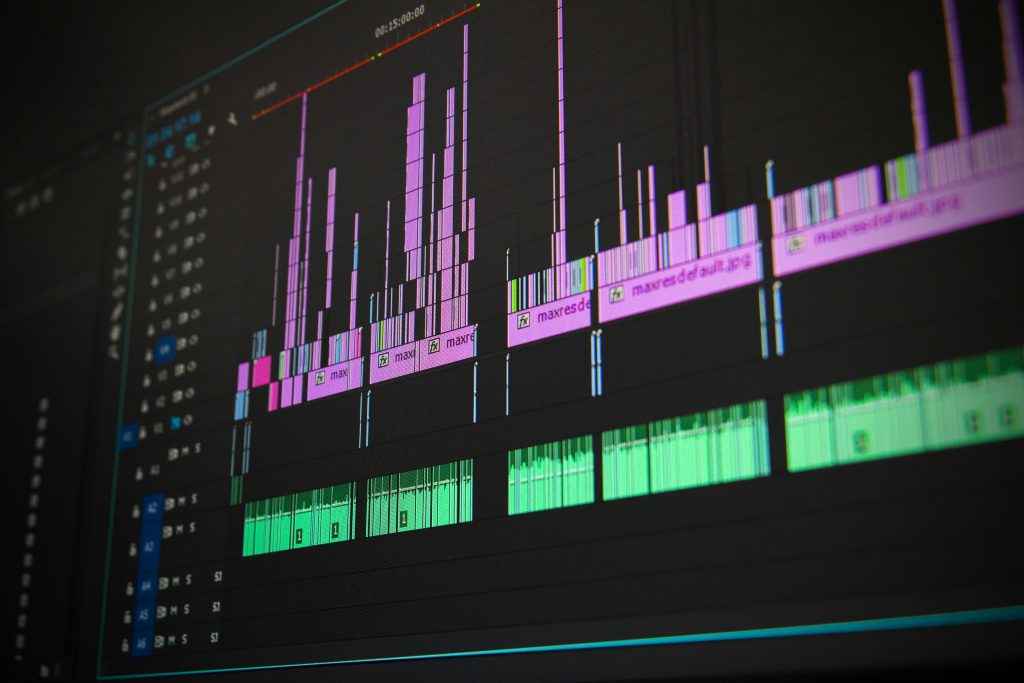In a world flooded with manufactured sounds and algorithm-driven exposure, authenticity has become a rare but priceless asset for emerging and independent artists. At NotNoise, we believe that true artistry should never be diluted to fit a mold. Instead, it should be amplified in a way that reaches the right ears. That’s where music pitching comes in—not as a spammy, one-size-fits-all approach, but as a strategic, personalized, and ethical bridge between artists and curators, labels, and media. In this guide, we break down why music pitching matters more than ever, how it supports authentic music, and what you need to know to make it work for you.
What Is Music Pitching?
Music pitching is the strategic process of submitting your music to playlist curators, blogs, radio stations, influencers, and other gatekeepers in the music industry. It’s not about mass submissions or gaming algorithms. True music pitching focuses on building genuine relationships and matching music to the right platforms, where it resonates naturally with the audience. This approach ensures your track lands in front of listeners who value and appreciate what you’ve created.
Why Authentic Artists Need Music Pitching
If you’re an artist who prioritizes storytelling, musicianship, and emotion over virality, you might wonder if music pitching is for you. The answer is a resounding yes. Authentic music often doesn’t conform to popular trends or pre-made formulas—and that’s exactly why it needs effective music pitching. With the right strategy, your originality becomes your greatest advantage. Proper music pitching allows your unique sound to cut through the noise and find its way to niche audiences, tastemakers, and long-term fans.
How Music Pitching Works at NotNoise
At NotNoise, we approach music pitching differently. Our method is rooted in authenticity, relevance, and human connection. Instead of chasing numbers, we focus on storytelling—crafting personalized pitches that communicate your music’s intent, influence, and message. We research the best-fit curators and platforms, and we ensure that each music pitching submission aligns with your brand and values. By avoiding bulk submissions and taking the time to understand your music, we offer a more sustainable and respectful path to exposure.
Benefits of Strategic Music Pitching
The benefits of effective music pitching are both tangible and long-lasting. You gain more than just streams; you gain industry respect, real engagement, and audience loyalty. Done correctly, music pitching:
- Increases visibility among industry insiders
- Helps you land on niche playlists and blogs that care about sound over stats
- Builds credibility with media outlets and potential collaborators
- Boosts organic growth by placing your music where it naturally belongs
- Develops long-term partnerships with tastemakers
In short, music pitching builds a foundation for your career—not a fleeting spike in numbers, but a lasting presence in the industry.
Common Music Pitching Mistakes to Avoid
Even well-intentioned artists can make missteps in their music pitching efforts. Sending out generic emails, neglecting to research the recipient, or failing to explain why a track matters can all hurt your chances. One-size-fits-all templates might save time, but they rarely work. Thoughtful, well-researched music pitching that speaks to the right people is what makes a difference. Avoiding shortcuts is critical—especially if you care about how your art is received.
What Makes Authentic Music Stand Out in Pitching?
Authentic music has depth. It tells a story, reflects personal truth, and often breaks conventional rules. That’s why it deserves a customized music pitching strategy. Unlike cookie-cutter pop hits, authentic tracks can’t be pitched with a generic press release. They need context. Whether it’s a track inspired by cultural roots or one that explores complex emotions, music pitching should communicate the “why” behind the song. A strong narrative gives curators a reason to care and to share.
How to Prepare Your Music for Pitching
Before diving into music pitching, make sure your materials are ready. This includes:
- A professional recording and master
- A compelling artist bio and story
- High-quality cover art
- A press release or pitch email tailored to each submission
- Proper metadata and streaming links
Having these assets in place not only increases your chances during music pitching but also reflects your seriousness as an artist. Curators are more likely to support artists who show attention to detail and professionalism.
The Long-Term Value of Music Pitching
Music pitching isn’t a one-time task—it’s a long-term investment in your career. Each successful pitch adds to your reputation, builds your network, and opens new doors. While short-term campaigns can deliver quick wins, ongoing music pitching creates consistent opportunities. This steady growth is ideal for artists who are in it for the long haul. It’s not about overnight fame; it’s about building something meaningful.
Conclusion
Music pitching is a powerful tool for authentic artists who want to grow without compromising their voice. It’s about crafting thoughtful connections, sharing meaningful music, and getting it heard by people who truly care. At NotNoise, we believe that your individuality should be your strength—not something to hide or polish away. By focusing on strategic, personalized, and ethical music pitching, you give your music the opportunity to reach its full potential while staying true to your identity. If you value authenticity and long-term growth, the right music pitching approach can elevate your career to the next level—without losing your soul in the process.
